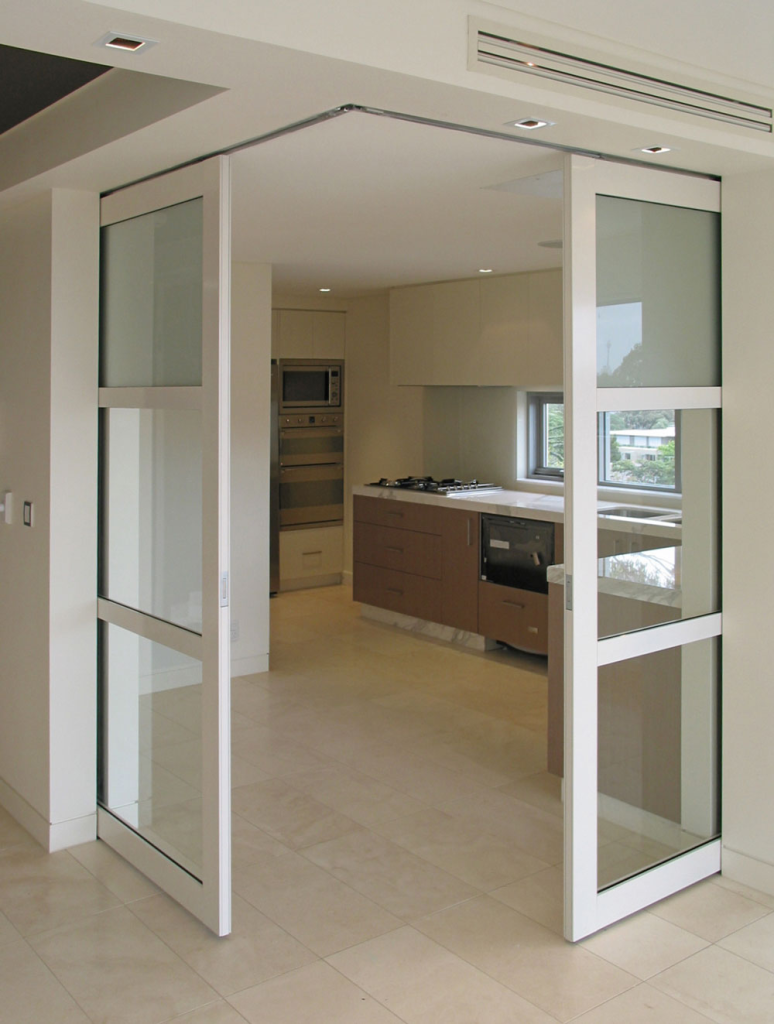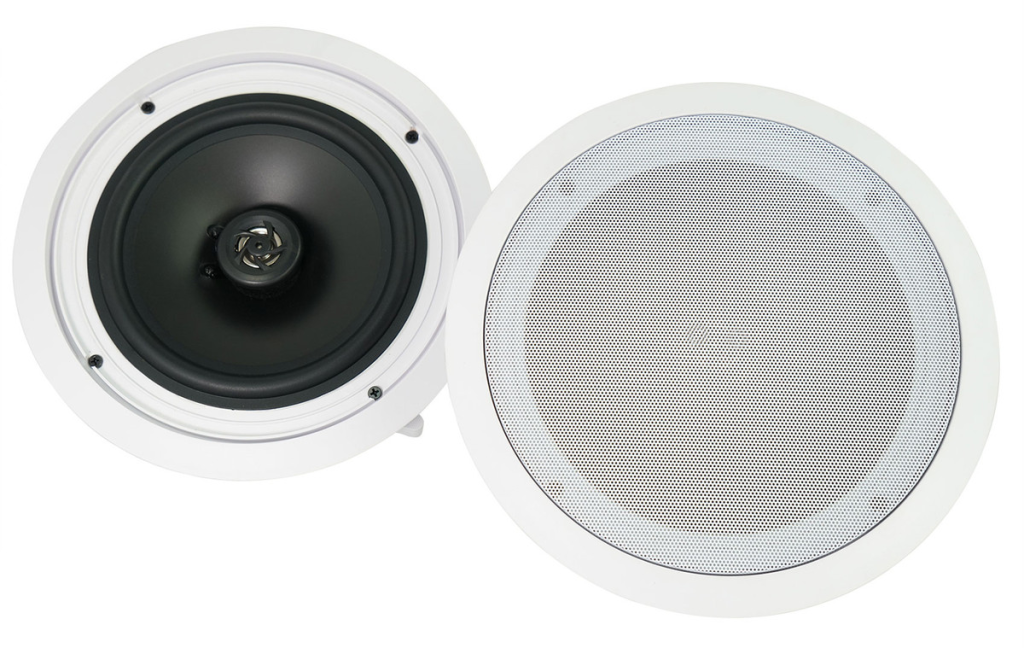When it comes to ensuring safety and preparedness in buildings, ceiling mount emergency lights are indispensable. These lights play a critical role during power outages and emergency situations, providing illumination that guides occupants to safety. In this article, we will explore the importance of ceiling mount emergency lights, their benefits, types, installation process, and maintenance tips. By understanding these aspects, you can make informed decisions to enhance the safety and compliance of your building.

The Importance of Ceiling Mount Emergency Lights
Ensuring Safety During Emergencies
Ceiling mount emergency lights are designed to activate automatically when the main power supply fails. In the event of a fire, earthquake, or other emergencies that disrupt electricity, these lights provide essential illumination, helping to prevent panic and guide occupants to exits safely.
Read too: Understanding and Dealing with Ants in the Ceiling Spaces: Navigating the Intrusion
Compliance with Regulations
Building codes and safety regulations often require the installation of emergency lighting systems. Compliance with these regulations is not only a legal obligation but also a critical aspect of ensuring the safety of building occupants. Ceiling mount emergency lights are an effective solution for meeting these requirements.
Enhanced Visibility and Navigation
In emergencies, clear visibility is crucial for safe evacuation. Ceiling mount emergency lights offer uniform lighting that illuminates escape routes, stairwells, and exit doors, reducing the risk of injury and ensuring a smooth evacuation process.
Benefits of Ceiling Mount Emergency Lights
1. Optimal Coverage
Ceiling-mounted lights provide a wide distribution of light, covering larger areas compared to wall-mounted options. This optimal coverage ensures that even large rooms and open spaces are adequately illuminated during emergencies.
2. Space-Saving Design
Installing lights on the ceiling saves valuable wall space, which can be used for other important installations like fire alarms and exit signs. Ceiling mount emergency lights blend seamlessly into the environment without obstructing daily activities.
3. Aesthetic Integration
Modern ceiling mount emergency lights are designed to be unobtrusive and aesthetically pleasing. They can blend with various interior designs, ensuring that safety features do not compromise the visual appeal of the building.
4. Reliability and Longevity
Ceiling mount emergency lights are built to be durable and reliable. They typically feature long-lasting LED bulbs and robust construction that can withstand various environmental conditions, ensuring they function effectively when needed most.
Types of Ceiling Mount Emergency Lights
1. LED Emergency Lights
LED emergency lights are highly efficient and offer long-lasting performance. They consume less energy and have a longer lifespan compared to traditional incandescent bulbs, making them a cost-effective choice for emergency lighting.
2. Self-Contained Units
Self-contained ceiling mount emergency lights have built-in batteries that power the lights during a power outage. These units are easy to install and maintain, making them a popular choice for various building types.
3. Central Battery Systems
Central battery systems connect multiple emergency lights to a single, central battery source. This setup ensures a more streamlined maintenance process and can be advantageous for larger buildings with multiple emergency light installations.
4. Remote Capable Units
Remote capable ceiling mount emergency light can be connected to remote heads, providing additional illumination in areas that are difficult to reach with standard units. This feature is particularly useful for large or complex building layouts.
Installing Ceiling Mount Emergency Lights
1. Planning and Placement
Proper planning is essential for the effective installation of ceiling mount emergency light. Identify key areas that require illumination, such as exit routes, stairwells, and large open spaces. Ensure that the lights are spaced evenly to provide consistent coverage.
2. Compliance with Codes
Familiarize yourself with local building codes and safety regulations to ensure that your emergency lighting system meets all necessary requirements. Consulting with a professional can help you navigate these regulations and avoid potential compliance issues.
3. Electrical Considerations
Ensure that the electrical wiring for the emergency lights is installed correctly and safely. If you are using self-contained units, make sure the batteries are properly connected and charged. For central battery systems, verify that all lights are correctly wired to the central power source.
4. Testing and Commissioning
After installation, conduct thorough testing to ensure that the emergency lights activate correctly during a power outage. Regular testing and maintenance are crucial to ensure the system remains operational and reliable.
Maintaining Ceiling Mount Emergency Lights
1. Regular Testing
Regular testing is essential to ensure that the emergency lights function correctly during an emergency. Conduct monthly and annual tests as required by local regulations. Self-testing units can simplify this process by performing automatic checks and reporting any issues.
2. Battery Maintenance
For self-contained units, regularly check the battery condition and replace them as needed. Ensure that the batteries are fully charged and capable of providing adequate power during an outage.
3. Cleaning and Inspection
Keep the emergency lights clean and free from dust and debris. Regularly inspect the fixtures for any signs of wear or damage. Replace any faulty components promptly to maintain the system’s reliability.
4. Professional Servicing
Consider hiring a professional service provider for regular inspections and maintenance. Professionals have the expertise to identify and address potential issues, ensuring that your emergency lighting system remains in top condition.
Choosing the Right Ceiling Mount Emergency Lights
1. Assessing Building Needs
Evaluate the specific needs of your building to determine the type and number of emergency lights required. Consider factors such as building size, layout, occupancy, and local regulations.
2. Quality and Reliability
Choose high-quality emergency lights from reputable manufacturers. Look for lights with reliable performance, long-lasting LEDs, and robust construction to ensure durability and effectiveness.
3. Energy Efficiency
Opt for energy-efficient LED emergency lights to reduce energy consumption and maintenance costs. LEDs offer long-lasting performance and are more environmentally friendly compared to traditional lighting options.
4. Aesthetic Considerations
Select emergency lights that blend well with your building’s interior design. Modern emergency lights are available in various styles and finishes, allowing you to choose options that complement your décor.
5. Warranty and Support
Ensure that the emergency lights come with a warranty and reliable customer support. This can provide peace of mind and assistance in case of any issues or defects.
Conclusion
Ceiling mount emergency lights are a vital component of any building’s safety infrastructure. They provide essential illumination during power outages and emergencies, ensuring that occupants can evacuate safely and efficiently. By understanding the benefits, types, installation process, and maintenance requirements of ceiling mount emergency light, you can make informed decisions to enhance the safety and compliance of your building. Invest in high-quality emergency lighting solutions to protect lives and property, and ensure peace of mind in any emergency situation.


















